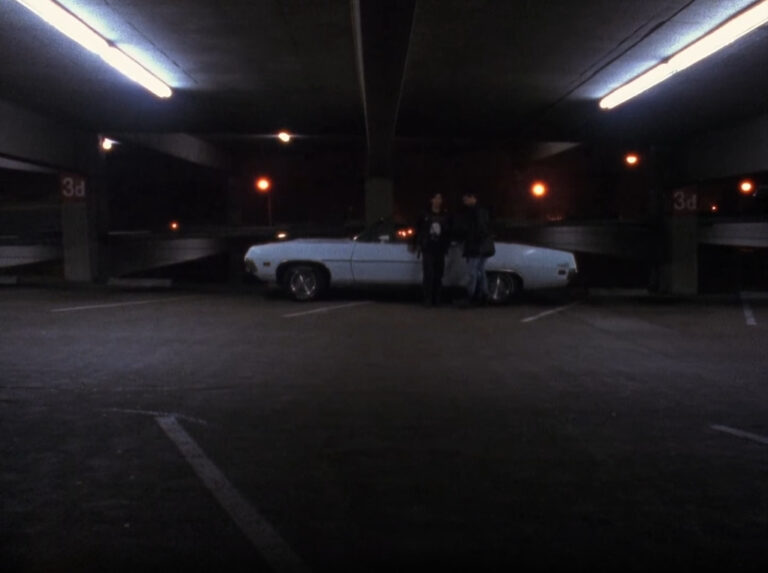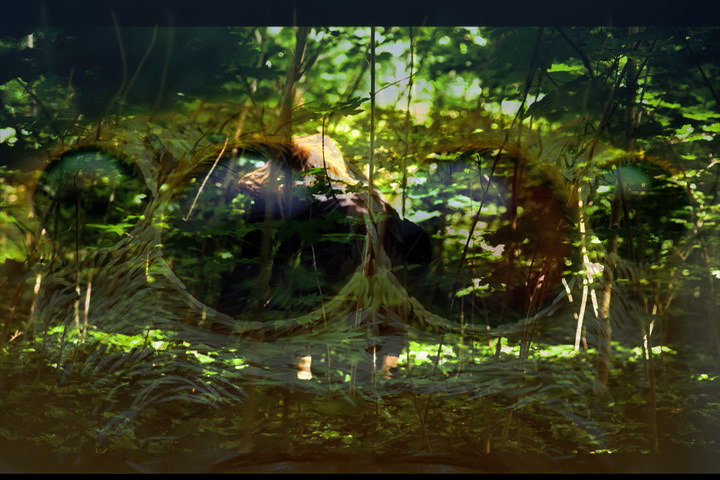Following the cataclysmic AIDS epidemic in the 1990s, a defiant embrace of the word “queer” and new technology sparked an influx of films by independent filmmakers that were later termed “New Queer Cinema.” As a product of its time, New Queer Cinema interrogates the heteronormativity it conflicts with and thus breeds a reimagining of what queer film can look like. The conflict between queer identity and its heteronormative surroundings drives distance between queer individuals and their communities, as well as larger social structures. This distance leads to a sense of isolation. This article explores themes of isolation within select New Queer Cinema films and offers a potential reference point from which we can understand queer life and cultural production in the midst of yet another global illness—COVID-19. Gus Van Sant’s My Own Private Idaho (1991) highlights isolation from heteronormative social structures, particularly the nuclear family unit. Cheryl Dunye’s The Watermelon Woman (1996) focuses on a curation of queer kinship as a survival tactic in the face of this isolation. Gregg Araki’s Totally Fucked Up (1993) and Thomas Bezucha’s Big Eden (2000) both explore themes of self-imposed isolation. Totally Fucked Up provides an essential New Queer Cinema perspective of this phenomenon; meanwhile, Big Eden challenges assumptions that queer individuals are destined to be isolated by imagining a future in which this is not the case. Themes of isolation are essential to the New Queer Cinema genre as a product of its circumstances. Yet, it also provides a basis from which the possibilities of future queer cinema and culture can be imagined. Understanding this relationship is critical as we begin to understand the effects of structural and social isolation on the queer community as exacerbated by COVID-19.
Keyword: isolation
The Green Color of Grief: Spider-Human Dreams
This essay tries to read the pandemic-afflicted (human) world in terms of post-human translation. In echoing Anna Tsing’s call for “collaborative survival,” it speaks in images of human-spiders in the forest who sense the radical isolation of humans and, thus, loss of proximity. One witnesses ill-treatment of various bodies: those that are economized, racialized, or nationalized. In this way, the essay proposes a post-human approach to distorted intimacies worldwide. It uses multimodal means of reflection: film, photography, sounds, and words. Through such a combination of nonverbal and verbal elements, the essay argues against the divisions of humans-culture-nature. It asks the reader to rethink how we could exist in equal mutuality.

